
Maruti Suzuki Alto K10 First Drive | Keeping It Simple, Stupid |...
- Aug 26, 2022
- Views : 7918

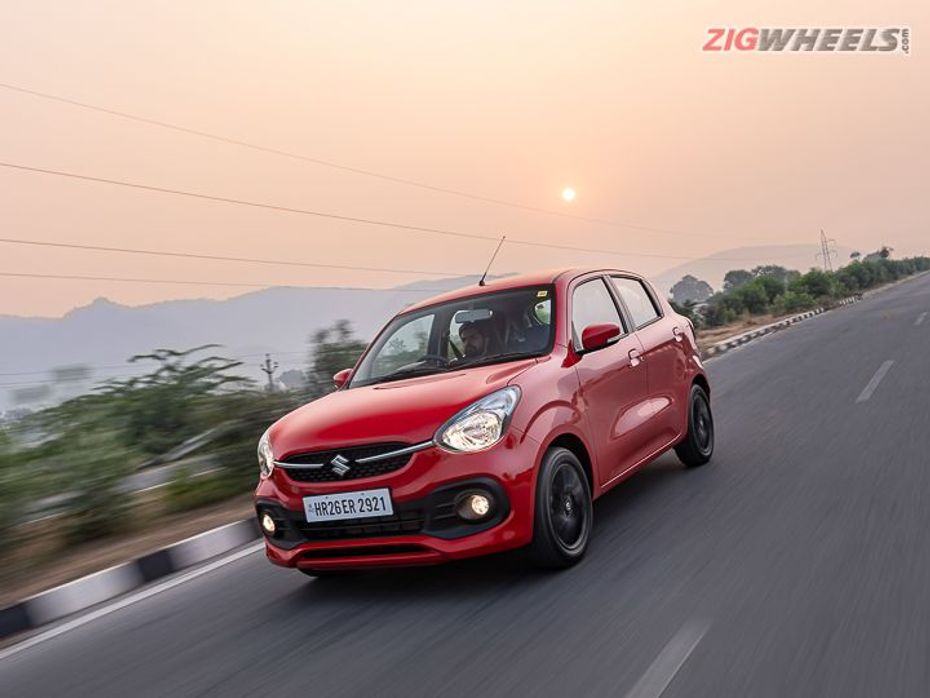
This is the brand-new 2021 Maruti Suzuki Celerio, but before we get to it let's rewind the clock by seven years. When the first-generation car was launched in 2014, it was crystal clear what Maruti Suzuki was trying to do. It was a more modernised and stylised version of the Wagon R which would appeal to the youth and it worked for them with it selling in decent numbers. But the second-generation Celerio is a bit confusing and there are three reasons for
that which we'll get to at the end of the story. Let's start with what's new.
Exterior
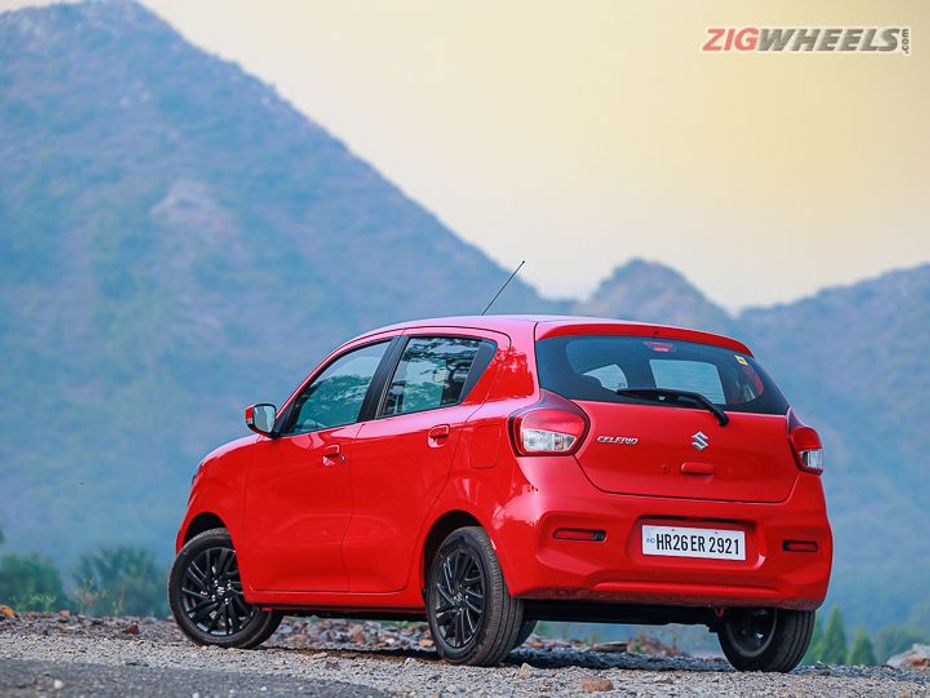
The 2021 Celerio is based on the same HEARTECT platform as the Ignis and the Wagon R, but when it comes to styling, it takes a middle ground where it isn't as utilitarian as the Wagon R or as quirky as the Ignis. Overall, this car looks well balanced from most angles, and is pleasing to the eye. When you compare it to the old Celerio it also has more muscle which lends it more road presence and character. When it comes to size, the new Celerio is slightly longer and wider than the Wagon R but in terms of height, it is slightly shorter because of which it doesn't look as big as its sibling.
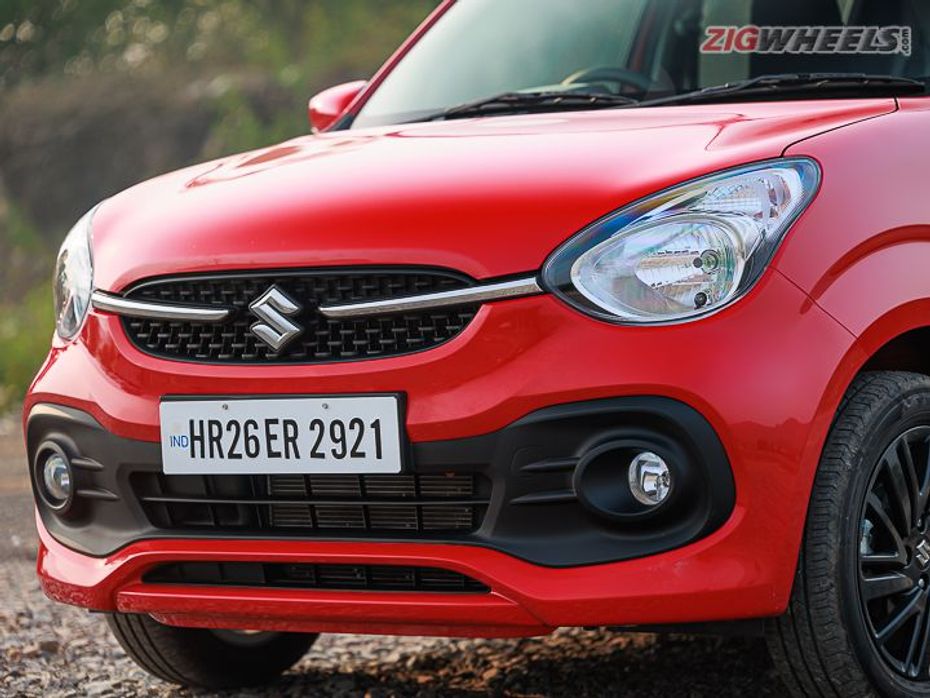
Now let's come to the exterior features. Except for the attractive 15-inch blacked-out alloys, the Celerio lacks a bit of premiumness on the outside. Up front you don’t get DRLs or LED headlamps and even the tail lamps have normal bulbs. The pull-type door handles remind you of the 90s, and even the odd placement of the passive keyless entry button positioning seems like an afterthought.
Interior
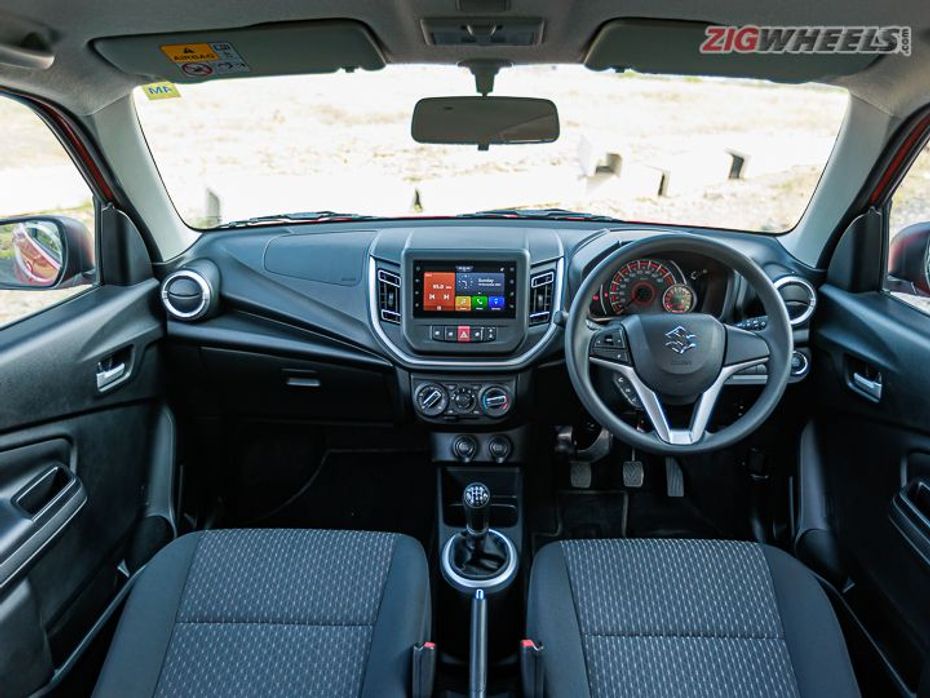
The dash layout on the new Celerio looks simple yet modern. Unlike the old car's dash which was a bit flat, the curves and creases on the new car give it an air of sophistication that the old car lacked. Quality is quite good too, especially when you compare it to its main rivals. Fit and finish feel on point because of the consistency of the gaps between the panels and even the dash graining feels quite premium.
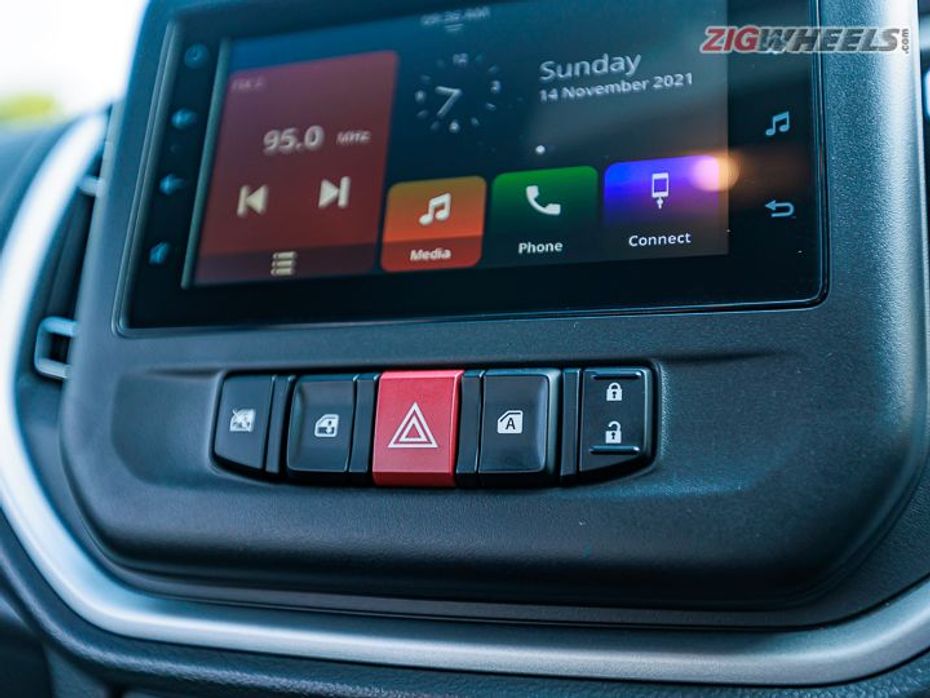
In terms of ergonomics, most of the controls fall to hand easily but there are some quirks. The front power window buttons, for example, are placed on the centre console and not on the door pad which will take some getting used to, while the rear power window buttons are placed behind the handbrake. Even the ORVM controls are hidden away from eyesight behind the steering wheel.
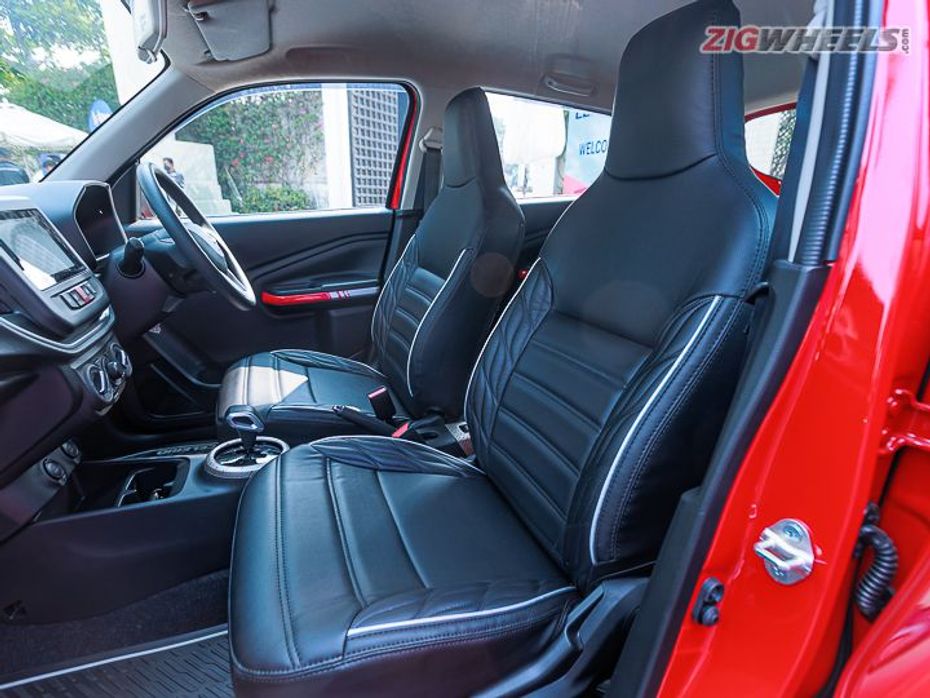
In terms of seating comfort, the front seats on the Celerio are quite comfortable with good lateral support, and finding an ideal driving position is easy thanks to the seat height adjustment and tilt adjustment for the steering column. Visibility from the driver seat is just superb, thanks to the large glass area and low window line which should make the life of a first-time buyer quite easy. As compared to the old car, the rear seat of the Celerio is more spacious as you get more than enough knee room and headroom even for six-foot-tall people. Although shoulder room according to Maruti has gone up by 55mm, the cabin still lacks the width to accommodate three people in comfort. On the downside, the rear seat feels a bit basic. The bench is quite flat, so when the car is being driven on a twisty road you do move around quite a bit. The fixed headrests are useless for tall people and won't be of much use in avoiding whiplash injuries in case of a rear impact. When it comes to storage spaces, the rear-seat passengers get decent-sized door pockets and a single seatback pocket... and that's it; there aren’t any cup holders, or a rear central armrest.
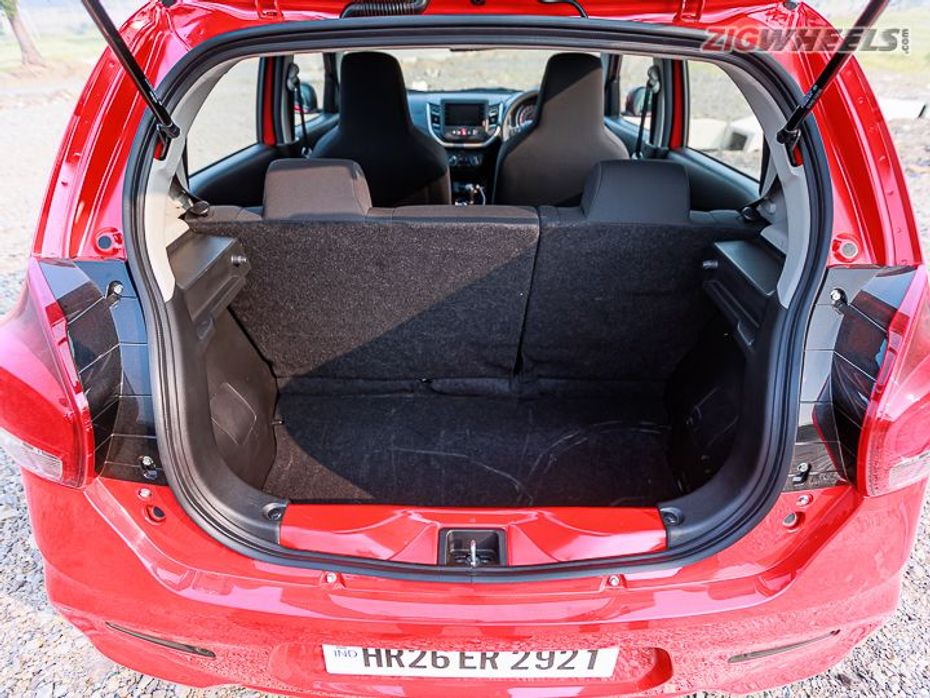
When it comes to the boot, like on the front doors, you also get a passive keyless entry button to unlock the boot, and the space itself, at 313 litres, is quite big. On the downside, the boot lip is quite high which makes loading and removing big items a shoulder-straining affair. Moreover, the exposed metal on the boot lip will quite easily scratch any hard-edged luggage sliding along it. For added practicality, you get a 60:40 split-folding rear seat.
Features
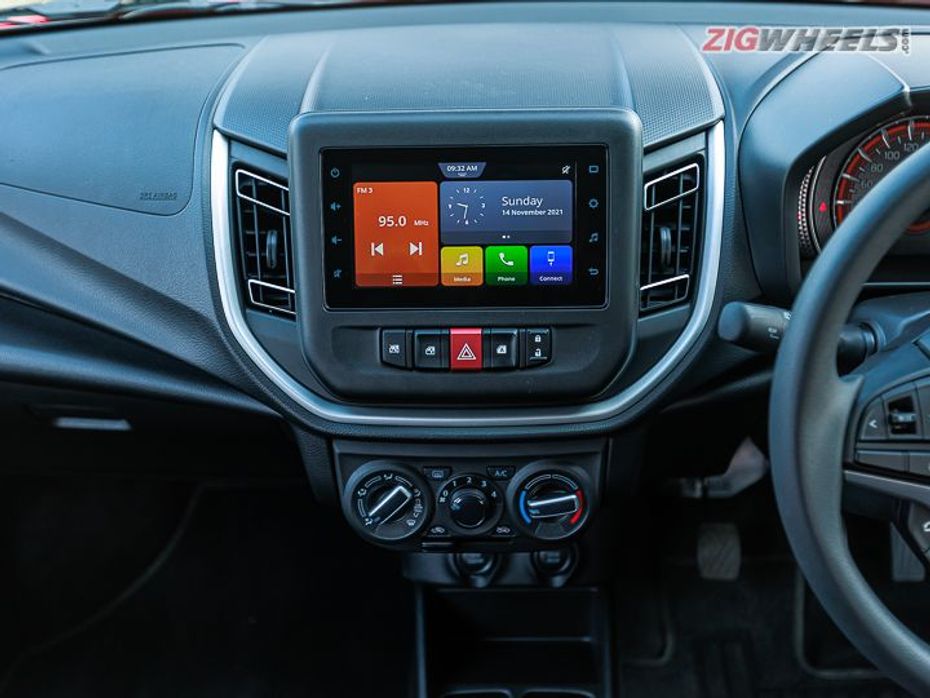
In the top-of-the-line ZXi Plus variant, the Celerio gets a seven-inch touchscreen infotainment system. At first glance, the system doesn’t stand out in terms of size or resolution,, but thanks to the big icons and the snappy touch response, it is quite easy to use. You also get Apple CarPlay and Android Auto as standard. The four-speaker sound system can’t match the sound quality of the Tata Tiago’s 6-speaker Harman-sourced system, but on its own, it is quite decent with good clarity. Other features in the ZXi Plus variant include push-button start, electrically adjustable and folding ORVMs and steering-mounted controls.
When it comes to safety, you get two airbags, ABS and rear parking sensors as standard. In the AMT variants, you also get hill start assist.

Although the Celerio comes well loaded with features, there are some misses. For example, you don't get a reversing camera, automatic climate control and even the top variant doesn’t get ISOFIX child anchorage points for the rear seats.
City driving
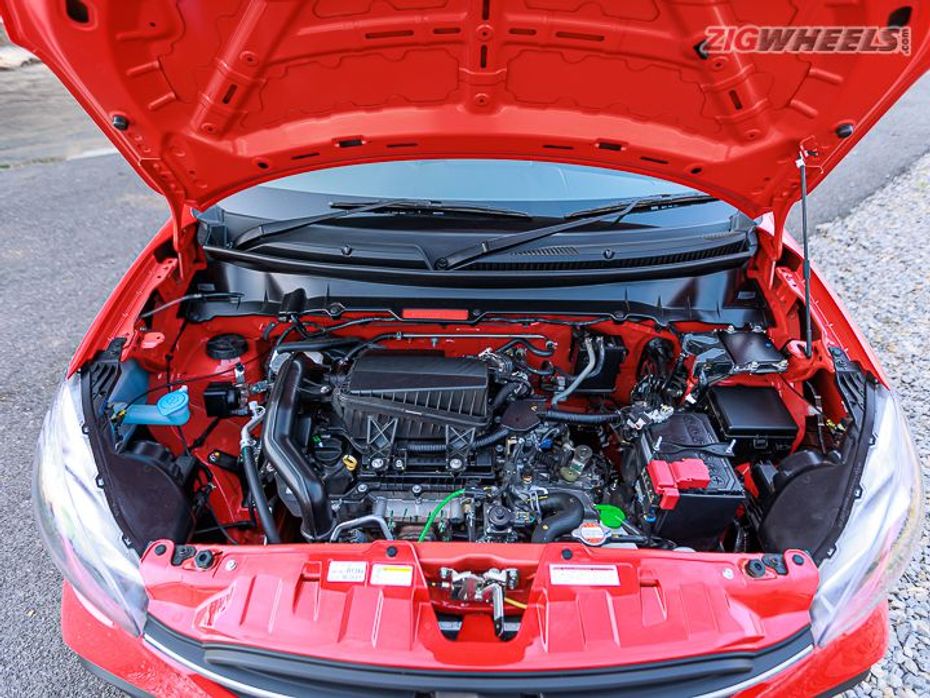
The Celerio is powered by a 1-litre three-cylinder petrol engine which is similar to the old car but Maruti has made significant changes to improve power and efficiency. It now gets a new engine block, head and in fact, this motor is a smaller version of the Swift’s 1.2 litre Dualjet unit. It is a high-tech motor with dual injectors and variable valve timing, produces 68PS and 89Nm, and is paired to either a 5-speed manual or an AMT gearbox.
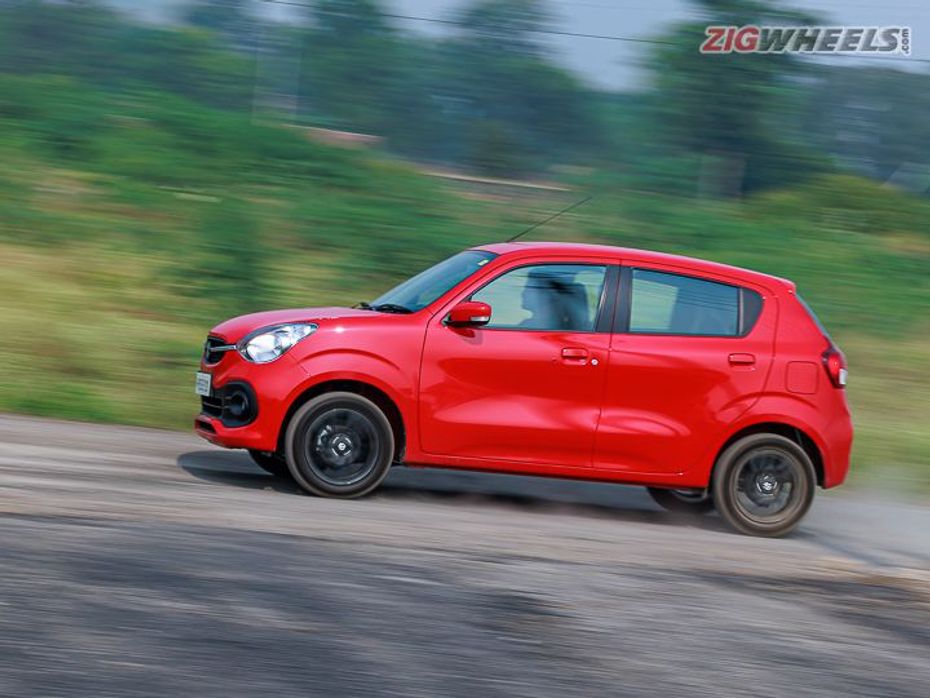
Now, 68PS may seem puny on paper, but one should also remember the Celerio weighs less than 850kg. As a result, its performance is effortless and in fact, the Celerio is one of the best first cars that you can buy and there are three reasons for that. The first one is the torquey engine which pulls easily from as low as 1000rpm even in third gear. As a result, you don’t have to shift much while driving in the city. The second reason is the light controls - the clutch is light and progressive, the gearbox is slick enough with short throws, and the steering is easy to twirl. The third aspect is the great all-round visibility which makes driving even in peak traffic a comfortable affair. The only gripe at low speeds is the steering which doesn't self-centre, so you have to constantly have to keep correcting which can get a bit irritating. What completes the overall city driving package is the comfortable low-speed ride quality. It takes on the worst of our road surfaces with ease and even the biggest of speed breakers don't worry this car one bit.
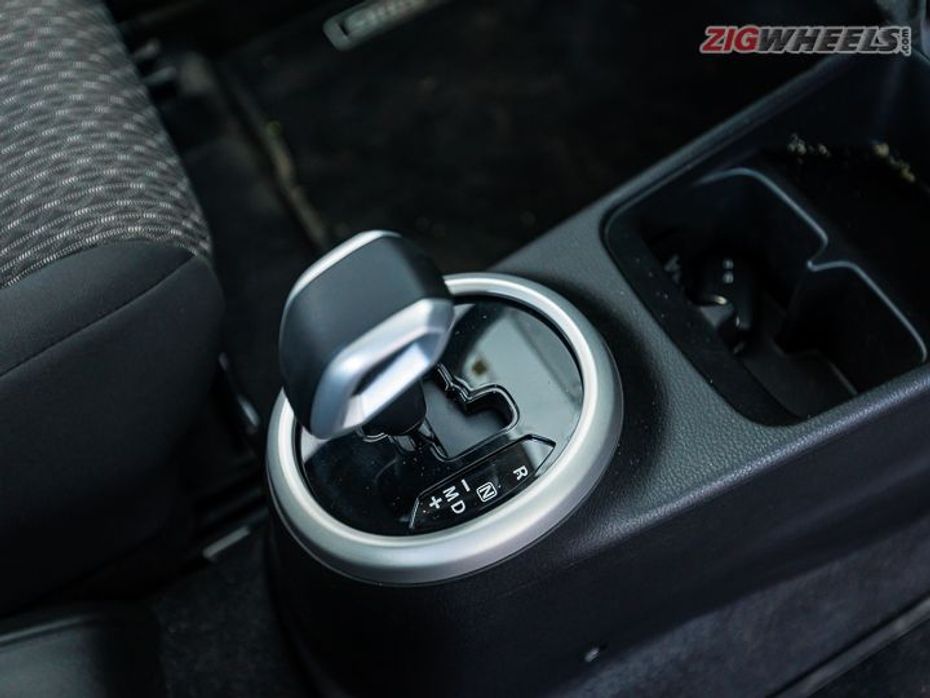
We also got to sample the AMT gearbox and in the Celerio there is a bit of history here. In 2014, the Celerio was the first car in India to get the automated manual transmission, and seven years later you realise how far this gearbox tech has come. It is getting closer and closer to feeling like a normal automatic, in fact, while driving in the city it feels smooth with minimal gear shift shocks and even when you want to execute a quick overtake it downshifts quite well. Sure, it still feels a bit slow, especially when you're driving fast, but it isn't as big a deal-breaker as it used to be.
Highway driving
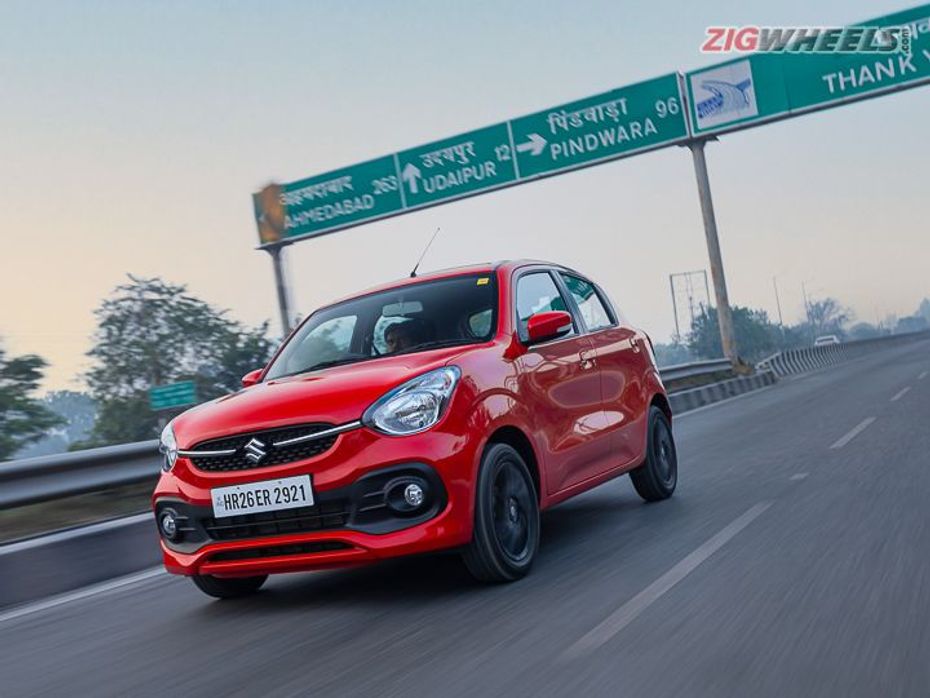
The new Celerio is quite decent out on the highway as well. The tiny engine has a surprising amount of grunt not only for cruising comfortably in triple-digit speeds, but for overtaking as well. On the downside, however, the ride which is comfortable at low speeds starts to get a bit bouncy especially over uneven cement roads and the fact that the steering doesn't self-centre makes your life that much harder as you have to constantly make corrections to go in a straight line. There is also quite a bit of road noise that seeps into the cabin at high speeds which overall makes the Celerio a less than ideal highway companion. Even when it comes to spirited driving, the only aspect that feels sporty is the sprightly motor. When it comes to handling, however, the Celerio rolls quite a bit into corners and it feels more safe and predictable than fun and exciting
Downsides of the Celerio
Now coming to the three reasons why the Celerio’s product placement feels a bit confusing.
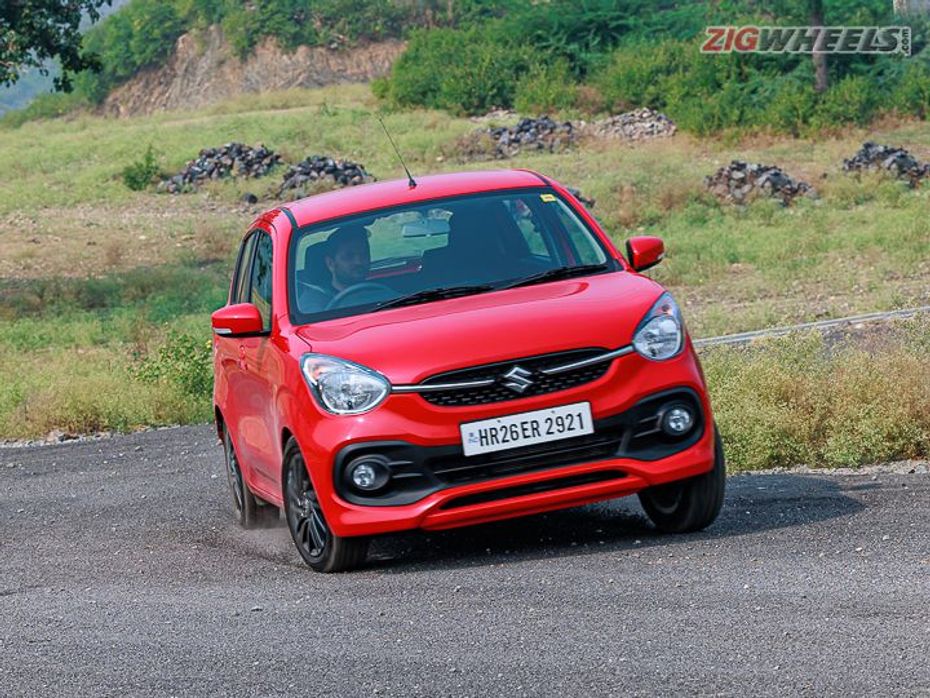
The first one is the engine size. Now, the 1-litre three-pot motor on its own is quite good and in fact, it is better than some of its rivals’ 1.2-litre engines. But the problem is created by the Wagon R which is half a lakh cheaper but still gives you an option of a 1.2 litre motor. The larger K12 engine is not only more powerful it also has four cylinders which should make it more refined as well.
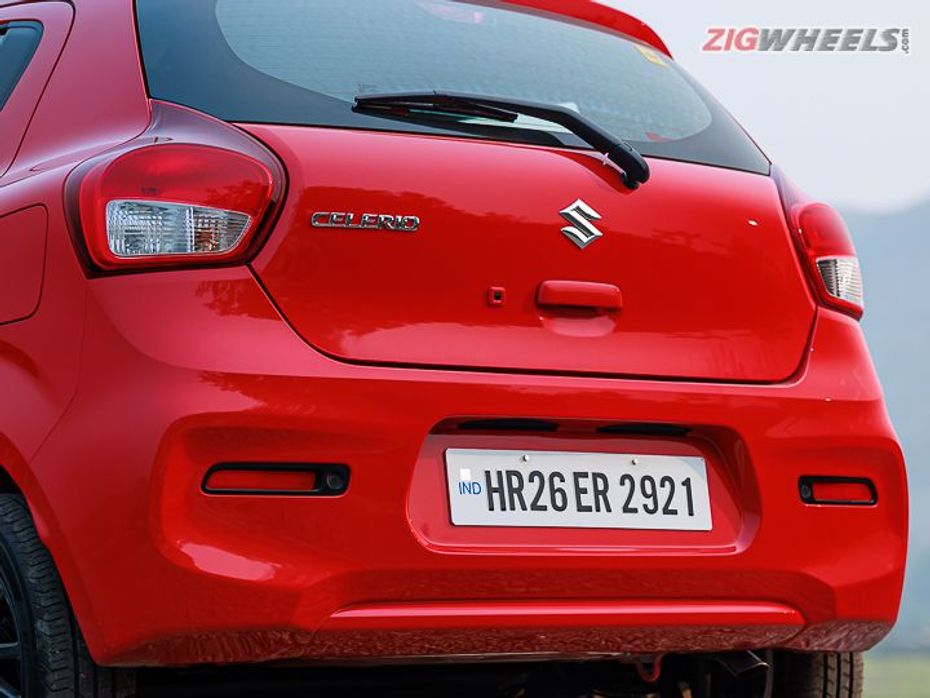
The second reason is again because of another Maruti Suzuki product, the Ignis. The Ignis is just over 40k expensive and for that money, you get the bigger 1.2-litre engine and a lot more standard features like LED automatic headlights, LED DRLs, automatic climate control, ISOFIX child anchorage points and a lot more. The Ignis also stands out from the crowd thanks to its quirky design.
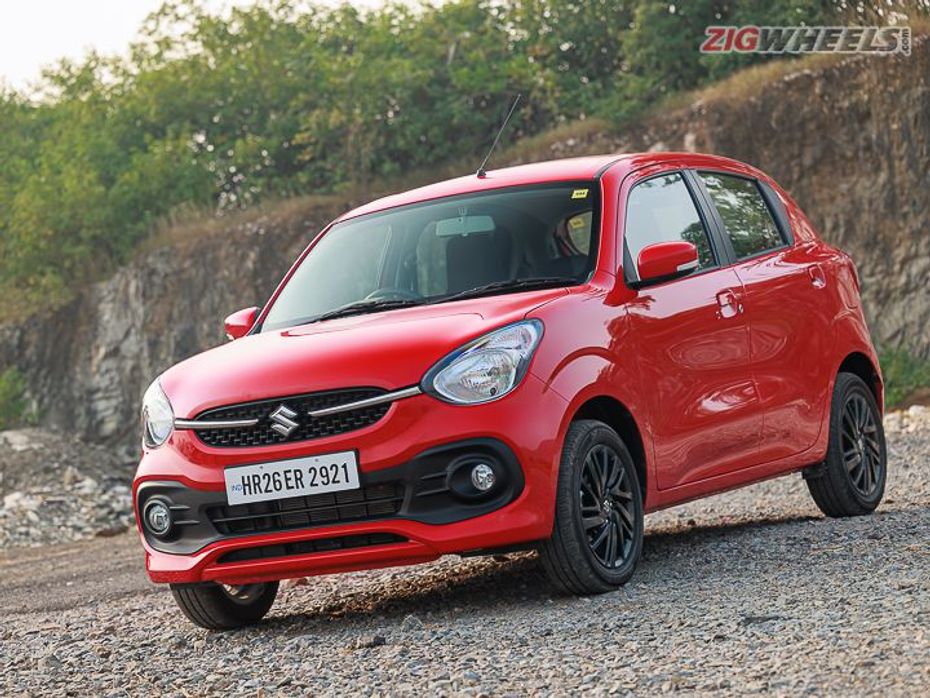
The third and final reason is exterior design. Like we have said earlier in the review, the new Celerio looks proportionate and balanced from most angles, but while we had the car some bystanders ended up asking us if this is the new Alto! They are not to blame because in profile and from the rear, it does remind you of the Alto. Now whether this is a good or a bad thing is up to you to decide.
Verdict

Overall, the Maruti Celerio does a lot of things right. It will be a great first car thanks to its easy-to-drive nature. Another strong point of the Celerio is the torquey 1-litre petrol engine that feels at home not only in the city but also out on the highway. The low-speed ride is comfortable and the spacious cabin makes it a genuine four-seater even for tall people. The features list, too, is long enough.
If I had to change one thing about the Celerio, it would be the price. If it was priced slightly lower, it would have become a stylish alternative to the Wagon R. But as things stand, you’ll have to dish out a slight premium to get one.
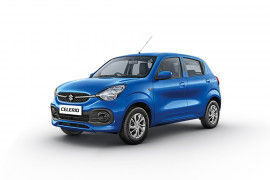

Maruti Suzuki Alto K10 First Drive | Keeping It Simple, Stupid |...

New Maruti Suzuki Fronx Driven: This Crossover Gives Baby Grand...

Tata Tiago iCNG AMT: Balancing Convenience and Cost
 Maruti Alto K10
Maruti Alto K10
 Maruti Ignis
Maruti Ignis
 Hyundai Grand i10 Nios
Hyundai Grand i10 Nios
 Maruti FRONX
Maruti FRONX
 Tata Punch
Tata Punch
India's largest automotive community
 Maruti Dzire
Rs. 6.79 Lakh
Maruti Dzire
Rs. 6.79 Lakh
 Maruti Swift
Rs. 6.49 Lakh
Maruti Swift
Rs. 6.49 Lakh
 Maruti Ertiga
Rs. 8.69 Lakh
Maruti Ertiga
Rs. 8.69 Lakh
 Maruti Brezza
Rs. 8.34 Lakh
Maruti Brezza
Rs. 8.34 Lakh
 Maruti FRONX
Rs. 7.51 Lakh
Maruti FRONX
Rs. 7.51 Lakh
 Maruti Swift
Rs. 6.49 Lakh
Maruti Swift
Rs. 6.49 Lakh
 Maruti Baleno
Rs. 6.66 Lakh
Maruti Baleno
Rs. 6.66 Lakh
 Maruti Wagon R
Rs. 5.54 Lakh
Maruti Wagon R
Rs. 5.54 Lakh
 Tata Tiago
Rs. 4.99 Lakh
Tata Tiago
Rs. 4.99 Lakh
 Maruti Alto K10
Rs. 3.99 Lakh
Maruti Alto K10
Rs. 3.99 Lakh